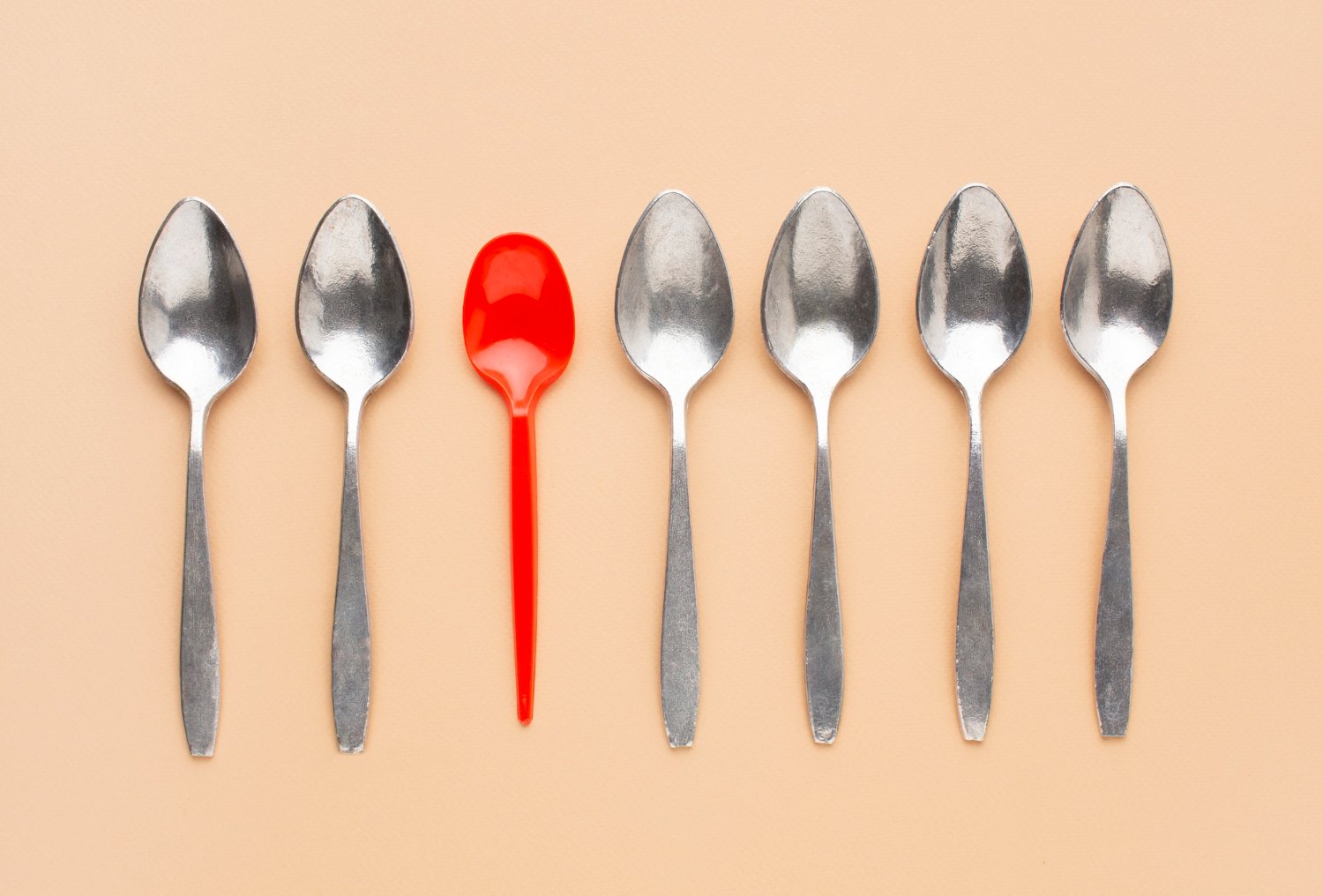
How Many Teaspoons is 5ml ?
Introduction
How Many Teaspoons is 5ml? In the culinary world, precision is key. Every ingredient, from flour to spices, plays a vital role in the taste and texture of a dish. Among these essential components are teaspoons and milliliters, units of measurement that are frequently used in recipes. Understanding the relationship between these units is crucial for any aspiring chef or home cook.
Understanding Teaspoons and Milliliters
How Many Teaspoons is 5ml? Teaspoons and milliliters serve distinct purposes in the kitchen. Teaspoons are used to measure volume, while milliliters are used to measure the capacity of a container. In the metric system, 1 milliliter is equivalent to approximately 0.202884 teaspoons.
Converting Milliliters to Teaspoons
Converting milliliters to teaspoons is a simple process. By multiplying the number of milliliters by 0.202884, you can determine the equivalent in teaspoons. For example, 5 milliliters is approximately equal to 1.01 teaspoons.
Importance of Accurate Measurements
How Many Teaspoons is 5ml? Accurate measurements are essential in cooking and baking. Using too much or too little of an ingredient can significantly impact the taste and texture of a dish. Additionally, precise measurements are crucial when following a recipe to achieve consistent results.
Common Kitchen Measurement Conversions
In addition to milliliters and teaspoons, there are several other common kitchen measurement conversions that every cook should be familiar with. For instance, 1 tablespoon is equivalent to 3 teaspoons, and 1 cup is equivalent to 16 tablespoons.
How to Measure Liquids in Teaspoons
How Many Teaspoons is 5ml? Measuring liquids in teaspoons is a straightforward process. Using a liquid measuring spoon, fill it to the desired level and ensure that the liquid is level with the spoon’s rim for an accurate measurement.
How to Measure Dry Ingredients in Teaspoons
Measuring dry ingredients in teaspoons requires a different approach. Use a dry measuring spoon and level off the ingredient with a straight edge to ensure an accurate measurement.
Converting Teaspoons to Other Units of Measurement
How Many Teaspoons is 5ml? Teaspoons can also be converted to other units of measurement commonly used in cooking. For example, 1 teaspoon is equivalent to approximately 0.333333 tablespoons, and 1 teaspoon is equivalent to approximately 0.0208333 cups.
Importance of Using the Right Measurement
Using the right measurement is crucial for the success of a recipe. Whether you are cooking for yourself or for others, precise measurements can make a significant difference in the final outcome of your dish.
Conclusion: How Many Teaspoons is 5ml
In conclusion, understanding the relationship between milliliters and teaspoons is essential for anyone who enjoys cooking or baking. By mastering these conversions, you can ensure that your recipes turn out perfectly every time.
Frequently Asked Questions
Q1: Can I use a regular teaspoon to measure liquids?
A1: While you can use a regular teaspoon, it is not as accurate as a liquid measuring spoon, which is specifically designed for measuring liquids.
Q2: How many milliliters are in a teaspoon?
A2: There are approximately 4.93 milliliters in a teaspoon, but this can vary slightly depending on the exact measurement.
Q3: What is the difference between a teaspoon and a tablespoon?
A3: A teaspoon is smaller than a tablespoon. In the metric system, 1 teaspoon is equal to approximately 5 milliliters, while 1 tablespoon is equal to approximately 15 milliliters.
Q4: How do I convert teaspoons to milliliters?
A5: To convert teaspoons to milliliters, multiply the number of teaspoons by 5. This will give you the approximate number of milliliters.
Q5: Why is it important to measure ingredients accurately?
A5: Accurate measurements ensure that your recipes turn out as intended, both in terms of taste and texture. Using the right measurements can make a significant difference in the final outcome of your dish.
See More










